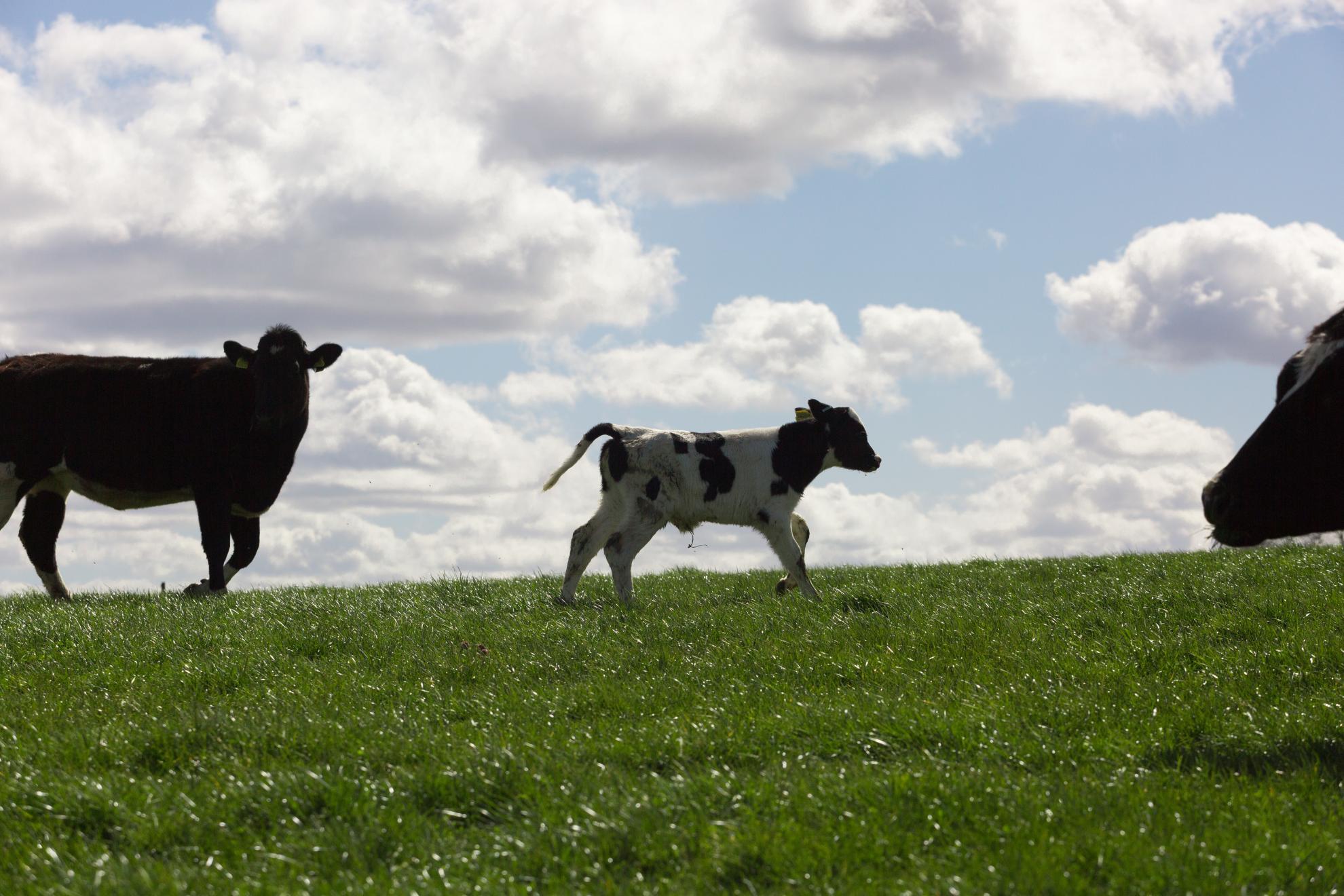The antibody loci of the domestic goat (Capra hircus)
The domestic goat (Capra hircus) is an important ruminant species both as a source of antibody-based reagents for research and biomedical applications and as an economically important animal for agriculture, particularly for developing nations that maintain most of the global goat population. Characterization of the loci encoding the goat immune repertoire would be highly beneficial for both vaccine and immune reagent development. However, in goat and other species whose reference genomes were generated using short-read sequencing technologies, the immune loci are poorly assembled as a result of their repetitive nature. Our recent construction of a long-read goat genome assembly (ARS1) has facilitated characterization of all three antibody loci with high confidence and comparative analysis to cattle. We observed broad similarity of goat and cattle antibody-encoding loci but with notable differences that likely influence formation of the functional antibody repertoire. The goat heavychain locus is restricted to only four functional and nearly identical IGHV genes, in contrast to the ten observed in cattle. Repertoire analysis indicates that light-chain usage is more balanced in goats, with greater representation of kappa light chains (~ 2030%) compared to that in cattle (~ 5%). The present study represents the first characterization of the goat antibody loci and will help inform future investigations of their antibody responses to disease and vaccination.
